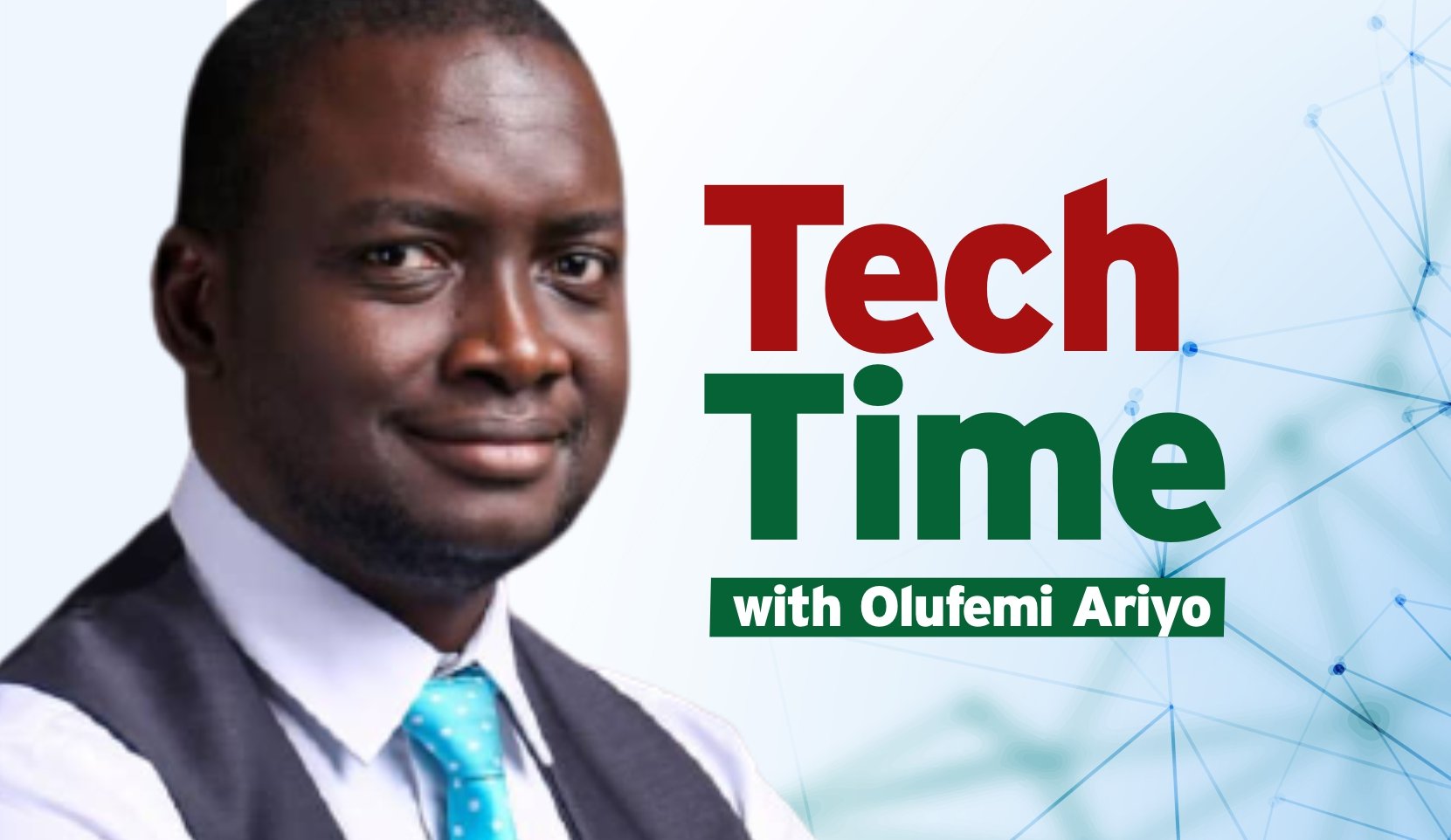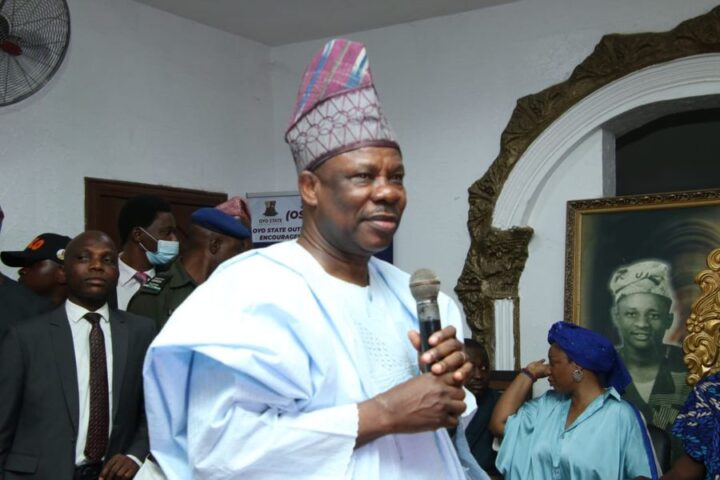The popular saying that data is the new oil of the digital age has continued to stir up conversations. And like oil, which becomes more valuable when refined into readily beneficial objects, when data is worked on, analyzed, and put to efficient use instantly, it delivers much greater value to its beneficiaries.
In addition, just like oil, data is an immensely ignored valuable asset. Those who tap into Data’s basic value and find ways to extract and use, experience the rewards in almost limitless torrents. Yes, data has become more valuable in the digital economy as the primary contributor to continuous improvement in more developed economies to the high effectiveness and efficiency of individuals, organizations, and the government.
On the other hand, datafication is the derivative process of extracting quantified data from social action, thereby making room for real-time tracking and predictive analysis. Put in other ways, previously ignored processes or activities are turned into channels for the extraction of data, which is then tracked, analyzed, and used to improve on the initial process – on an upward spiral. New technologies allow us to ‘datify’ daily and basic activities, thereby bringing along the possibility of finding new latent possibilities.
Furthermore, working with the ‘good data beats opinion’ philosophy makes us want to measure everything that can be measured in order to gain deeper insights. Due to the fact that we can create measures from almost anything, improvement becomes almost second nature – if you can measure it, you can improve it. We need to create an environment that allows people to come up with new ideas and derive new opportunities by testing what exists to see how it impacts others.
Advertisement
Platforms like Facebook or Tiktok collect and monitor how we make friends in order to know what interests us. This helps them tailor products and services to our unique needs and requirements, or find ways to train our behaviors into what is desired for a different future of interactions. Most advertising we see on social platforms is drawn from the result of the monitored data. We need to learn from them and apply the same to our businesses.
In insurance, for an instance, data can be used to improve our understanding of the risk profile while creating business models that can be further tested and measured for desirable insights. Banking can measure customer account usage patterns over time to deduce customer credibility and the likelihood of loan repayment. In similar ways, human resources can use data to assess employees’ punctuality, willingness to take risks, or go the extra mile. The important thing to note here is that everything is speaking to us, but, are we listening (measuring for the content of what is said).
Datafication however, takes into cognizance two corroborative processes, which include the chunking of human experiences into measurable data (through quantification), and the generation of different kinds of meaning (value) from the measured data – good analysis reveals that there is a lot more than meets the eye. Datafication opens us to a new method of creating measures from elements of life that we have afore ignored. The quantification process requires various aspects and conditions, which help us to decide on what to measure, where to measure, when to measure, with what to measure, and how to measure among others. This process can take many forms, but with careful reasoning, we can derive channels through which we can collect wide-ranging data about users (through platforms they already use – or a new app or web plugs), aggregate same, and analyze to generate personalized marketing data and predictive insights about human behaviors.
Advertisement
A simple example is the Thankucash, built to achieve customer loyalty and retention, through the use of an app platform that integrates at checkout points in major stores in Nigeria on benefits and giveaways to reward customer loyalty. The simple process helps to identify each user, know what they buy when they buy, find possible complementary products, what others with similar behaviors are buying (for intelligent suggestions) and much more. This vital information can then be monetized by making use of such data to offer tailored products or services to the users or even selling the data to partners that want to influence users towards various goals.
The afore necessitates careful positioning around what is currently being done, rather that routing for some alien activity. This has led smart entrepreneurs to create aggregation models and platforms that provide a one-stop-shop to people with similar needs, like the Thankucash example. Making things clearer, to effectively measure the process, we turn social life flow into countable streams of numbers. This abstraction requires some subtle tweaks, both cognitive and evaluative, geared towards finding answers to what began the process.
Although “data is the new oil” – something that can be simply extracted or mined since it exists in the “ground” of social life – we must ensure we do not abuse such privileges that nature affords us through misappropriation or exploitation that might result from data use. Organizations are the main players in, and beneficiaries of, this process, while the government has a strong stake in the process. The problem is not with data (finding ways to get consent especially in community projects involving data collection), but with how and by whom it is systematically collected and used. Balance is key in this light, as we must find a win-win for customers and our organization rather than a skewed (parasitic) process. How do we use datafication to positively improve our social space and time?
One benefit of datafication in the education space, include the fact that it could be used in schools to better understand the strengths, weaknesses, and interests of each student. This helps to have a more tailored-to-need learning content even deduce the best learning approach and possible future career path. It provides quality assessment with regard to the impact and value of the training and development process. Tutors and curriculum designers can also benefit from datafication as it assists remote instructors in measuring the responsiveness and user engagement, through the use of data analytics that focuses their attention on what the learner finds interesting based on their behavior and interactions with different aspects of the course.
Advertisement
Moreover, it is important to know that the Healthcare sector can also benefit immensely from datafication as it is on a continuous hunt to improve service quality and patient experience. Procedures can be improved, and client service better personalized, when behavioral data is captured and mined. Data Science and Machine Learning tools and techniques can be applied to quantify patient and client reactions, in addition to providing raw data measured from every aspect of the care provision. Data-driven healthcare leads the service in the direction of the voice of the customer, which moves healthcare towards a more objective quantitative path (what customer wants but not saying – exact work) rather than the subjective qualitative one (what the care provider feels customer wants – guesswork). This implies that datafication can drastically improve, and even transform the methods of work in the healthcare sector if embraced, as each care provider takes confident evidence-based decisions.
Additionally, datafication makes it easier to create systems that work through well-defined measure channels in agriculture. It fosters a robust evidence-based system creation due to the ubiquitous presence of powerful, infrastructured computing resources and readiness to maintain strict working standards. Imagine what happens when a crop farmer becomes a greenhouse farmer, they go from making a lot of trial and errors to having almost everything measured, such as temperature, humidity, daylight, types of light, plant growth, per day yield, and even things like hours of labor input per kilogram of tomatoes output. That farmer becomes more confident and in charge of the farm process and can make better evidence-based decisions and sound farm management choices because numbers don’t lie.
In conclusion, we must build and improve our individual, corporate and national lots by being deliberate with finding ways to better capture life numbers to know what they are saying through analysis and how we could use the same to create more desirable futures for ourselves and the coming generations. Government represents a major player in the capture of big data, oftentimes ignored (may even become a burden). Such platforms of government range from national identification, to company registration, immigration, road use (vehicle registration, and driver’s license), land use, tax collection, trash collection, and even the educational system. All these are churning out massive data numbers, which are mostly ignored but can be put to better use to improve society and the overall experience of citizens. The private sector must find ways to work with government to derive more value and meaning from these data sources that can be used to improve current processes, while helping to make better evidence-based decisions to improve humanity. I remain Yours in tech, Olufemi Ariyo email: [email protected]
Advertisement
2 comments







Good-day Mr Olufemi Ariyo, I am highly fascinated reading through this your highly educative article. In fact, I am beginning to see reason on taking up a course in Data Sciences which I believe is the real solution to a completely collapsed economy. Thank you and God bless you.
Feel so pleased to meet you as I encourage you on the continuous improvement journey. A toast to your success!